BSC Student Leaves His Mark on Manitou Cave
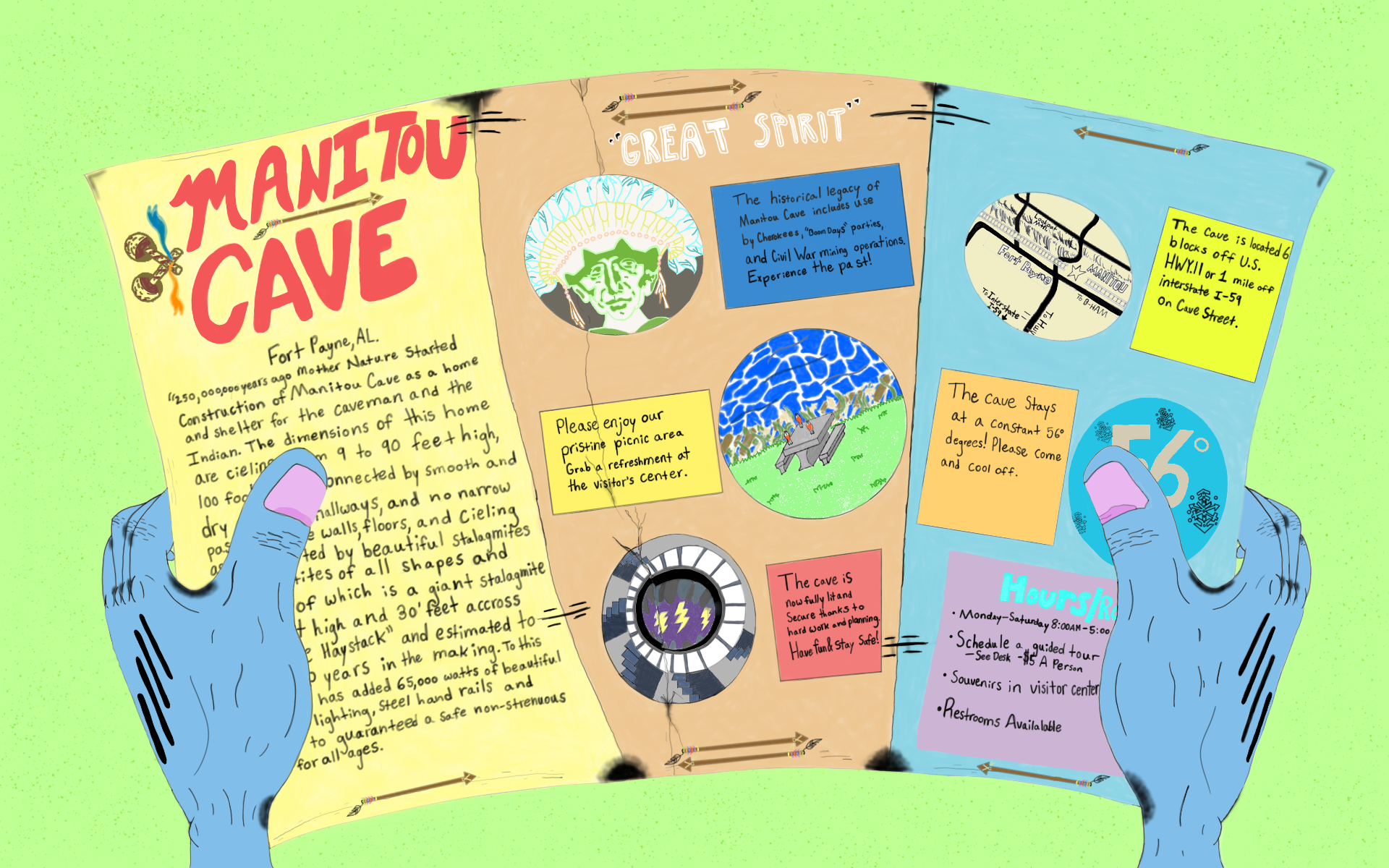
In the same way that generations of wanderers, explorers, and graffiti artists have marked up cave walls for posterity, Manitou Cave has left its mark on Caleb Walden ’19, a history and religion major from Clarksville, Georgia.
Millions of years old, Manitou Cave in the northeast Alabama town of Fort Payne has served as a tourist destination, a home for the Manitou Cave snail – found nowhere else in the world – a site for rituals and research, and a canvas for drawings and writings, both sacred and profane.
In April, Manitou Cave was the subject of headline news: Researchers recently translated cave writings left by Cherokee people before the forced relocations known as the Trail of Tears in the 1830s. More than 4,000 Cherokee people died from hunger, disease, and the elements during the government-ordered westward migration.
In Manitou Cave, evidence of the Cherokee’s lives prior to the Trail of Tears remains. “Leaders of the stickball team on the 30th day in their month April 1828,” reads one marking deep inside the cave. The writings in the cave document important games played there and memories of those events, says Walden, who has done extensive research on Native Americans. For the Cherokees, stickball was more than an athletic contest; it was played between two communities for spiritual renewal.
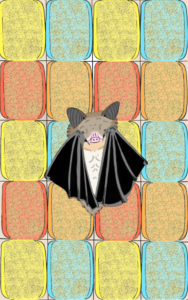 Walden’s connection to Manitou Cave began in January 2017, when Annette Reynolds contacted BSC Professor of History Dr. Randall Law with an opportunity for a student. Founder, director, and steward of the 501(c)3 non-profit organization Manitou Cave of ALabama Inc., Reynolds purchased the property in 2015 to protect and preserve the “living natural museum and world treasure.” The AL in Alabama is capitalized to emphasize that Manitou Cave is now a place for all.
Walden’s connection to Manitou Cave began in January 2017, when Annette Reynolds contacted BSC Professor of History Dr. Randall Law with an opportunity for a student. Founder, director, and steward of the 501(c)3 non-profit organization Manitou Cave of ALabama Inc., Reynolds purchased the property in 2015 to protect and preserve the “living natural museum and world treasure.” The AL in Alabama is capitalized to emphasize that Manitou Cave is now a place for all.
“Annette was looking for an intern, someone to assist with a few things. She also saw it as a philanthropic thing, an opportunity to give someone a stepping stone through experience – giving context to the history of Alabama,” Walden says. “It was a generous offering.”
Walden, who knew he would benefit from the experience, asked what he could do to benefit the cave.
“Annette had all these documents. I decided I could help create an archive. I started digitizing everything she had. There’s an archive office in Fort Payne, and I made copies of the documents that were there. I went to the public library. I made a really large database which will be on the Manitou Cave of Alabama website. There’s a lot on there already.”
The documents preserve a wealth of information about the long life of the cave. In addition to being the site of ritual preparations before stickball games, the cave was seen by the Cherokee as a path to another realm. Messages written on the ceiling of the cave were written backward so that revered ancestors in the realm above could read them.
During the Civil War, the cave was mined for salt peter. In the late 1880s, Fort Payne Coal and Iron Co. turned the cave into a tourist attraction, adding bridges and winding stairways, and installing electricity. Social events were held in the “ballroom” of the cave. Closed in the early 1900’s, Manitou Cave was re-opened and again promoted as a tourist attraction for 12 years in the ‘60s and early 70s by the Walter B. Raymond Sr. family.
Abandoned in 1979, the cave sat open and unprotected for 40 years, a time when wanderers, wayward teenagers, and graffiti artists could have destroyed any evidence of historic markings.
“The cave was like a lost child that Annette was able to nurse back to health,” Walden says.
During his internship, Walden led tours and helped Reynolds present information at conservation meetings, caver interest group gatherings, and other events. He eventually served on the the non-profit organization’s board of directors.
After graduation, Walden will expand his research into Native American life into real-world experience; he’s accepted a Teach For America position on a reservation in South Dakota. “I want to know the people themselves.”
Before he heads west, Walden plans to wrap up his own effort to leave a mark on Manitou Cave’s long history. He’s creating an illustrated guidebook, a souvenir that people can take home with them.
“I see it from a creative standpoint. I wanted to create artistic illustrations that inform the information,” Walden says. “I was very lucky I got to go there.”
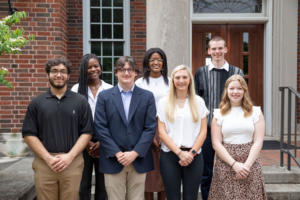



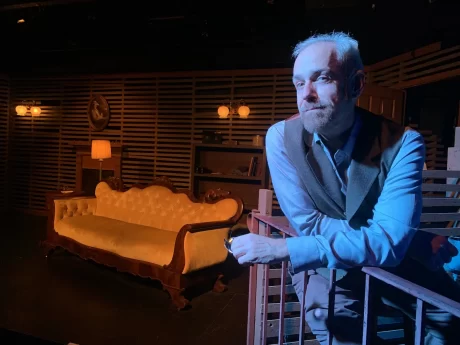
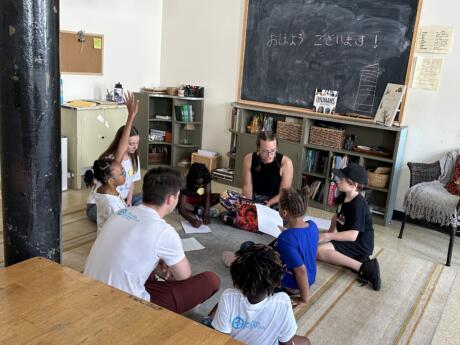
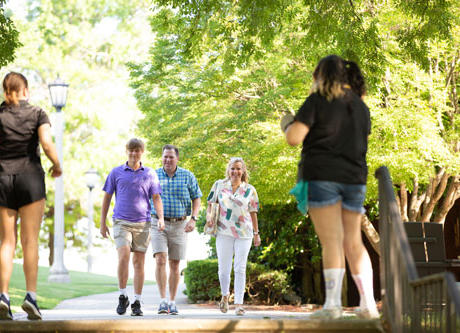




// Comments are closed //